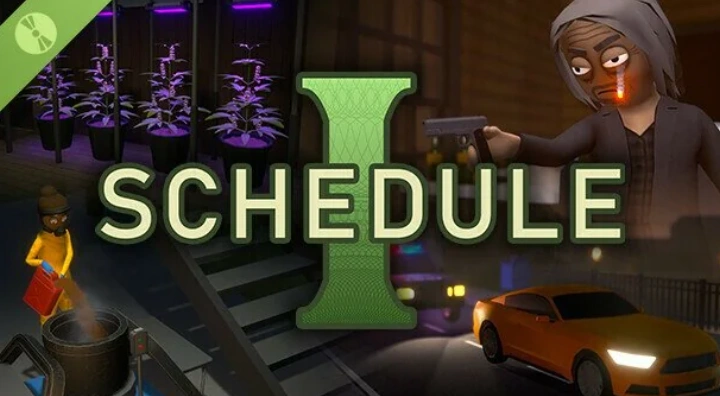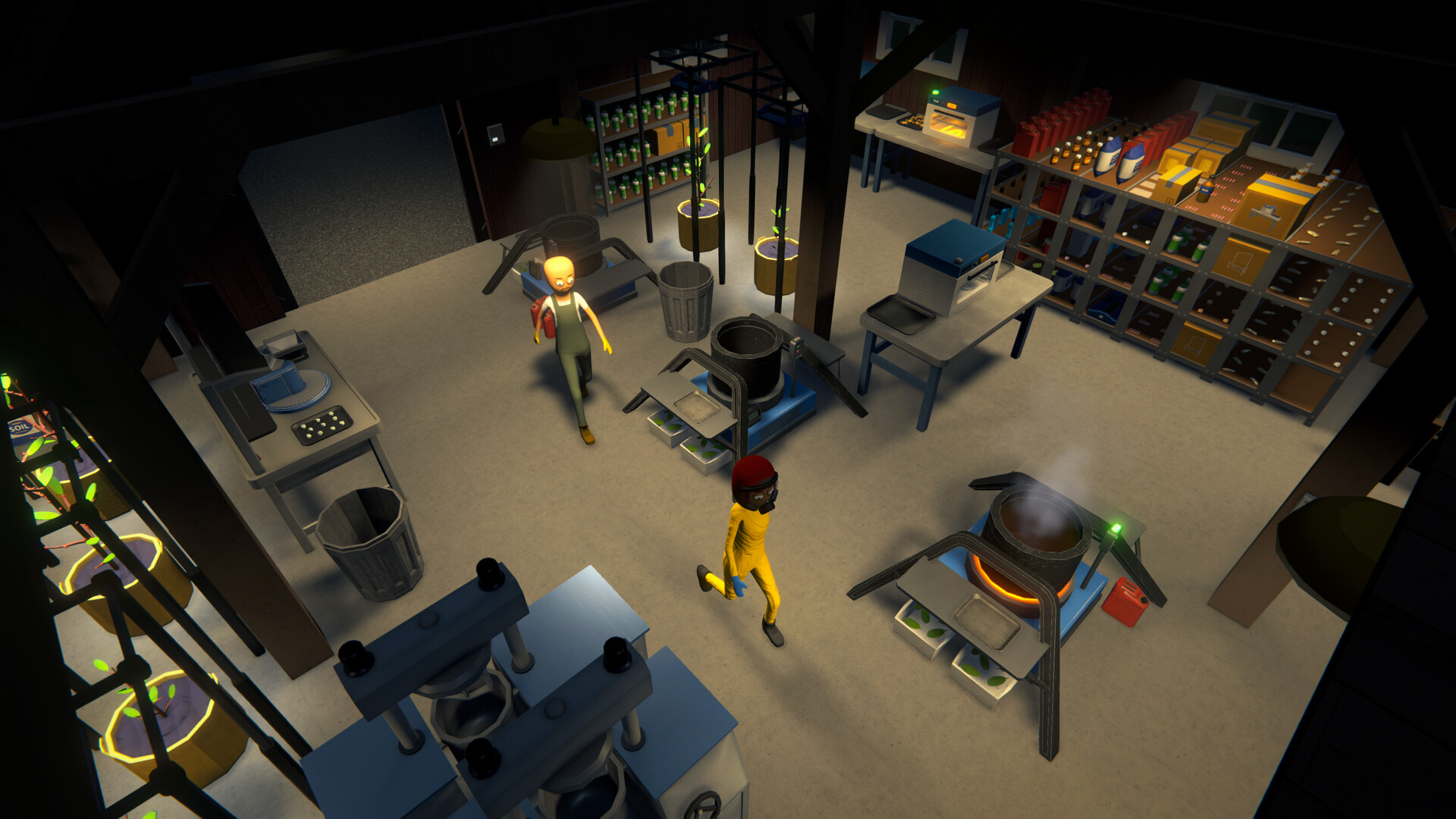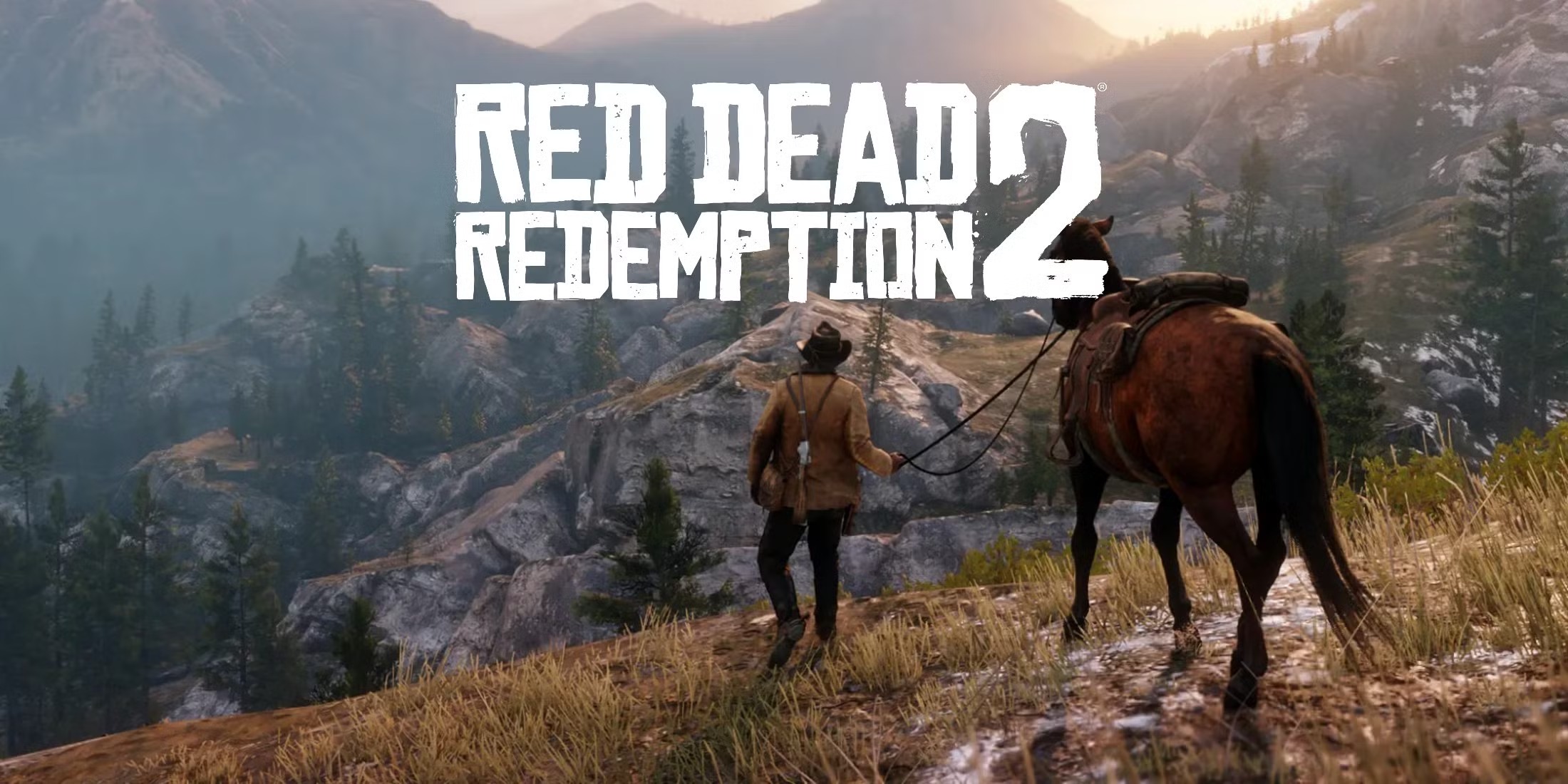Popular Now
Introduction
The classification of drugs into schedules under the Controlled Substances Act (CSA) might appear scientific or medically justified on the surface. However, the history behind Schedule I suggests a different story—one steeped in politics, fear, and racialized policy-making. From the War on Drugs to the rise of counterculture in the 1960s, the roots of Schedule I are deeply tied to the social and political tensions of 20th-century America. This article explores the political history of Schedule I, examining how law, ideology, and public perception converged to create one of the most controversial classifications in U.S. legal history.
1. The Controlled Substances Act of 1970
Signed into law by President Richard Nixon, the CSA was part of a larger movement to regulate narcotics and establish uniform federal guidelines.
The law introduced five schedules, with Schedule I being the most restrictive. These substances were considered:
-
Highly addictive
-
Without medical benefit
-
Unsafe even under supervision
But while the act gave this classification an air of authority, the scientific evidence for many of these claims was lacking or ignored.
2. The Role of the War on Drugs
In 1971, Nixon officially declared drug abuse to be “public enemy number one,” launching the War on Drugs. This marked a shift in U.S. policy from a public health approach to a criminal justice one.
Cannabis, LSD, and psilocybin were swept into Schedule I largely because they were associated with:
-
Anti-war protest movements
-
Civil rights activism
-
Youth counterculture
Internal memos from Nixon’s administration later revealed the strategic motivations: by criminalizing drugs associated with marginalized or politically active groups, the government could undermine opposition movements.

3. Cannabis: Criminalized Without Consensus
In 1970, cannabis was temporarily placed in Schedule I, pending the outcome of the Shafer Commission—a bipartisan group tasked with reviewing marijuana policy.
In 1972, the commission recommended decriminalizing marijuana, stating it posed minimal risks and didn’t belong in Schedule I.
Nixon rejected the findings outright.
The decision to keep cannabis as Schedule I was a political one, not scientific, and it set the stage for decades of inconsistent and often racially biased enforcement.
4. The LSD Backlash and Cultural Panic
LSD exploded in popularity in the 1960s, used by artists, musicians, and intellectuals. Figures like Timothy Leary encouraged its use for spiritual and psychological insight.
But LSD became a scapegoat for a growing fear of societal collapse, leading to:
-
Media-driven panic about “bad trips” and insanity
-
Government claims of chromosome damage (later disproven)
-
Congressional hearings that sensationalized its dangers
Despite early therapeutic studies showing promise in treating depression, alcoholism, and anxiety, LSD was classified as Schedule I by 1970, halting research for decades.
5. Psilocybin and Psychedelics in the Shadows
Like LSD, psilocybin was being studied in the 1950s and 60s with positive clinical results. The Harvard Psilocybin Project, led by Leary and Ram Dass, brought both academic legitimacy and controversy.
By 1970, psilocybin joined LSD in Schedule I, despite:
-
No recorded overdose deaths
-
Minimal evidence of addiction
-
High potential for therapeutic use
Its connection to anti-establishment movements, indigenous rituals, and spiritual exploration made it a target in a time of cultural conservatism.
6. Racial Politics and the Criminalization of Drug Use
Much of the War on Drugs was explicitly tied to racialized policies. The Nixon administration, and later Ronald Reagan’s, disproportionately targeted Black and Latino communities through:
-
Mandatory minimum sentences
-
Policing strategies focused on urban areas
-
Media campaigns associating drugs with crime and violence
A 1994 interview with Nixon aide John Ehrlichman revealed the intent:
“We knew we couldn’t make it illegal to be either against the war or Black, but by getting the public to associate the hippies with marijuana and Blacks with heroin... we could disrupt those communities.”
7. Scientific Opposition to Schedule I
Since the 1980s, scientists and medical professionals have pushed back against Schedule I decisions. Organizations like:
-
The American Medical Association
-
The American Psychological Association
-
The National Academies of Sciences
have all published critiques of Schedule I listings, particularly for cannabis and psychedelics, citing outdated data and the need for research access.
However, their voices were often overruled by DEA policy, which prioritized enforcement over evidence.
8. The Resurgence of Psychedelic Science
In the 2000s and 2010s, underground researchers and nonprofit organizations began reviving the study of psychedelics:
-
MAPS began FDA-approved trials for MDMA-assisted therapy
-
Johns Hopkins reopened psilocybin research with groundbreaking results
-
NYU and UCLA studied psychedelics for end-of-life care
Despite their Schedule I status, these substances showed:
-
Strong safety profiles
-
Long-lasting mental health benefits
-
No evidence of dependence
This created a conflict between Schedule I’s legal claims and scientific reality.

9. The Politics of Reform
Efforts to reform Schedule I have gained political traction in recent years:
-
Several presidential candidates have supported descheduling cannabis
-
Congress introduced the MORE Act and SAFE Banking Act
-
Cities like Denver and Oakland have decriminalized psilocybin
Yet the DEA has resisted most reclassification requests, even when filed with supporting clinical data.
This highlights a bureaucratic inertia, where political legacy outweighs scientific advancement.
10. The Path Forward
For Schedule I to reflect current understanding, reform must include:
-
Independent scientific review panels
-
Transparent rescheduling processes
-
Decriminalization where warranted
-
Federal support for clinical trials
The legal architecture of Schedule I needs to evolve beyond its Cold War origins. Drug classification should follow data, not dogma.
Conclusion
The creation of Schedule I was less about science and more about social control. Built during a time of political unrest and cultural upheaval, it became a tool for silencing dissent, criminalizing marginalized communities, and halting therapeutic innovation. As the evidence mounts and public attitudes shift, it's time to reexamine this relic of the past. The future of medicine, justice, and personal freedom may depend on it.

















